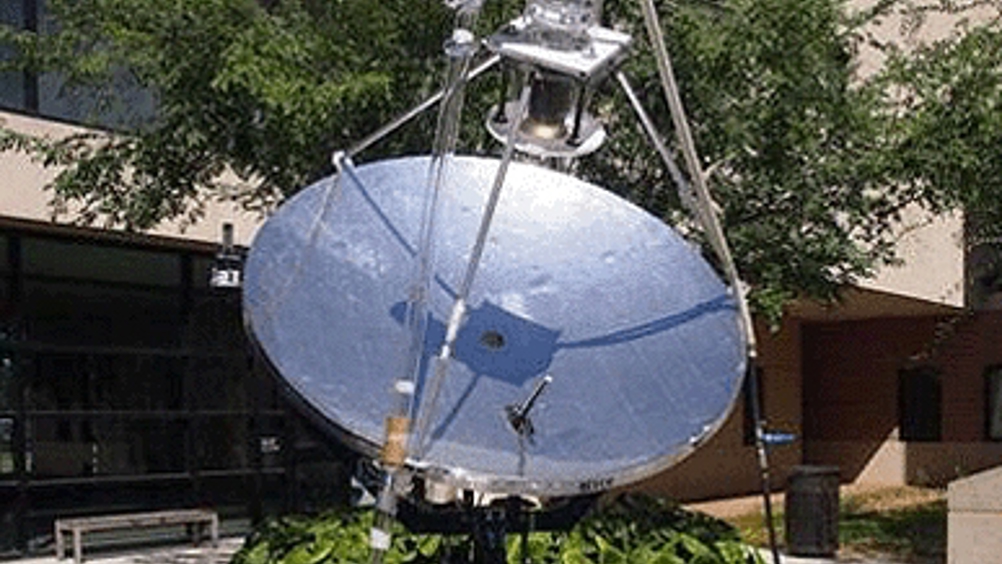Solar steriliser offers hygiene hope for off-grid medicine
Solar technology that turns water into steam without boiling the entire container of water has become the basis for new devices to sanitise medical and dental instruments in developing countries.

Prototypes of the devices, which need no electricity or fuel, were the topic of one of the keynote addresses yesterday September 9, 2013 at the opening of the 246th National Meeting & Exposition of the American Chemical Society (ACS) in Indianapolis.
Naomi Halas, D.Sc., from Rice University’s Department of Electrical and Computer Engineering, pointed out that almost two billion people live in areas of the world without a regular supply of electricity. That electricity is key to using autoclaves, which produce steam to sterilise medical and dental instruments. Without that basic machine, doctors must rely on chemicals, which can be costly and difficult to transport, to prevent the spread of germs and disease from medical and dental instruments.
‘We have developed a solution, our solar steam technology,’ Halas said in a statement. ‘It is completely off-grid, uses sunlight as the energy source, is not that large, kills disease-causing microbes effectively and relatively quickly and is easy to operate. This is an incredibly promising technology.’
Register now to continue reading
Thanks for visiting The Engineer. You’ve now reached your monthly limit of news stories. Register for free to unlock unlimited access to all of our news coverage, as well as premium content including opinion, in-depth features and special reports.
Benefits of registering
-
In-depth insights and coverage of key emerging trends
-
Unrestricted access to special reports throughout the year
-
Daily technology news delivered straight to your inbox










National Gas receives funding to develop Gravitricity underground hydrogen storage system
One single rock salt mine - Winsford - has 23 <i>MILLION </i>cubic metres of void and even allowing for 10% of that void set aside for hazardous waste...